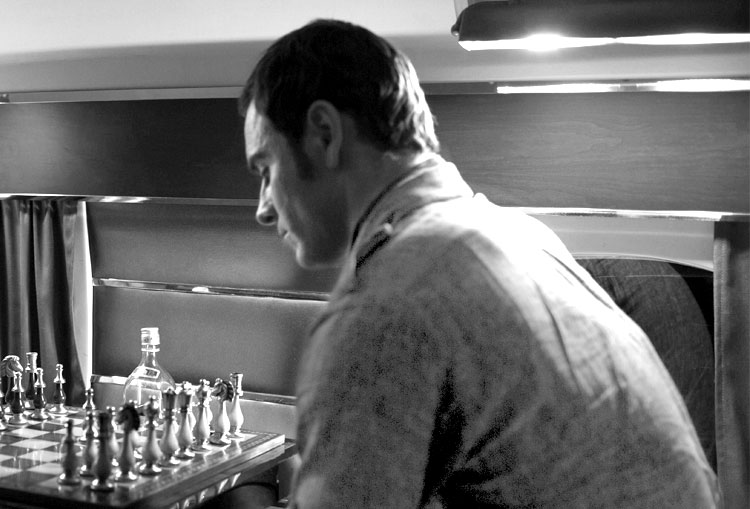

Not long after arriving at Dallas police headquarters, Oswald was questioned by reporters. "I didn't shoot anybody," he told them. "They've taken me in because I lived in the Soviet Union. I'm just a patsy."
Oswald confessed to the assassination of Gen. Edwin Partridge (which surprised police), but repeatedly denied killing Kennedy or Tippit. He also denied owning a rifle, claiming that photographs of him holding a Carcano rifle and a revolver were phony.
During the next two days, Oswald was questioned several times by government agents, including CIA, Secret Service and officials who would later establish the Federal Council on Mutant Activities. (FCMA's 1974 findings would provide grounds to create the Homeland Mutant Response Division two years later.)
"If you want me to cop to killing (Gen. Partridge), I'll cop to that," Oswald told them. "That was like getting rid of Hitler at the right time. But I do deny shooting Kennedy and Tippit. Whoever those witnesses saw, that wasn't me. That must be some kind of double."
The theory of an "Oswald double" is a popular one. According to conspiracy enthusiasts, Oswald was spotted in more than one Dallas locale at the same time during November 1963. Oswald's wife Marina later told investigators her husband behaved "like a different person” in the weeks leading up to Kennedy's visit.
Dallas police moved forward with charging Oswald, despite possessing circumstantial evidence.
A partial palm print matching Oswald's was discovered on the barrel of the rifle left at the Book Depository ... but that didn't prove he pulled the trigger. Several fibers found on the rifle were similar to those found on Oswald's shirt ... but again, that didn't prove he was the shooter. Even the bullets that had killed Kennedy — later matched to the rifle — couldn't prove that Oswald was the assassin.
And while eyewitnesses place Oswald at the scene of officer Tippit's murder, the bullets could not be confirmed as being fired from the revolver Oswald owned. According to forensic records, the bullets were "too extensively damaged" for a conclusive analysis.
"I am not malcontent. Nothing irritated me about the President," Oswald said during an interrogation on the morning of Sunday, Nov. 24. "I have nothing more to say to you — or anyone else."
Oswald was more right than he knew. Twenty minutes later, at 11:21 a.m., he was shot during a jail transfer, under police protection. He died in Parkland Memorial Hospital's operating room #5, less than two hours later, less than 200 feet from where Kennedy had died two days before.
Jack Ruby was the shooter. Ruby owned a Dallas-based nightspot called the Carousel Club. He assumed sole responsibility for the murder. He told a Secret Service agent he killed Oswald to save "Mrs. Kennedy the pain of coming back for a trial, especially for that no good son of a bitch."
Ruby would later recant this confession, claiming he could not recall his whereabouts on the day of the Kennedy assassination, or the days leading up to the Oswald killing, or even several days after that. "It's all lost time,"" he reportedly said. "I don't know how I got here (in police custody)."
On Dec. 11, Warren Commission chairman Supreme Court Chief Justice Earl Warren and committee member Gerald R. Ford conducted a personal meeting with Ruby. Ford, then a U.S. Representative, later recalled:
"Ruby told us, he said, 'The nurse that worked here. She injected me for a cold.' A flu vaccine is what he meant. But Ruby said it was cancer cells. Earl told him, 'Mr. Ruby, don't tell me you actually believe that bullshit.' But Ruby said, 'I damn sure do!'"
Ruby's testimony was not admitted into the Warren Commission. His trial moved forward. On Jan. 20th, 1964, Ruby was convicted of murder with malice, and was sentenced to death.
Two days later, he was admitted to Parkland hospital after prison medical staff diagnosed him with pneumonia. Parkland doctors discovered rampant cancer in Ruby's liver, lungs, and brain.
Two days after that, Ruby died from a pulmonary embolism associated with lung cancer. He died in operating room #5 — the very operating room where Oswald had died, two months prior.